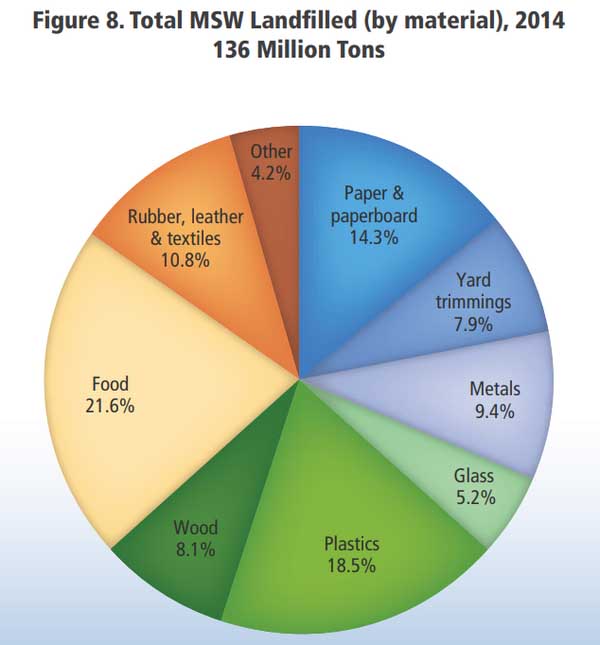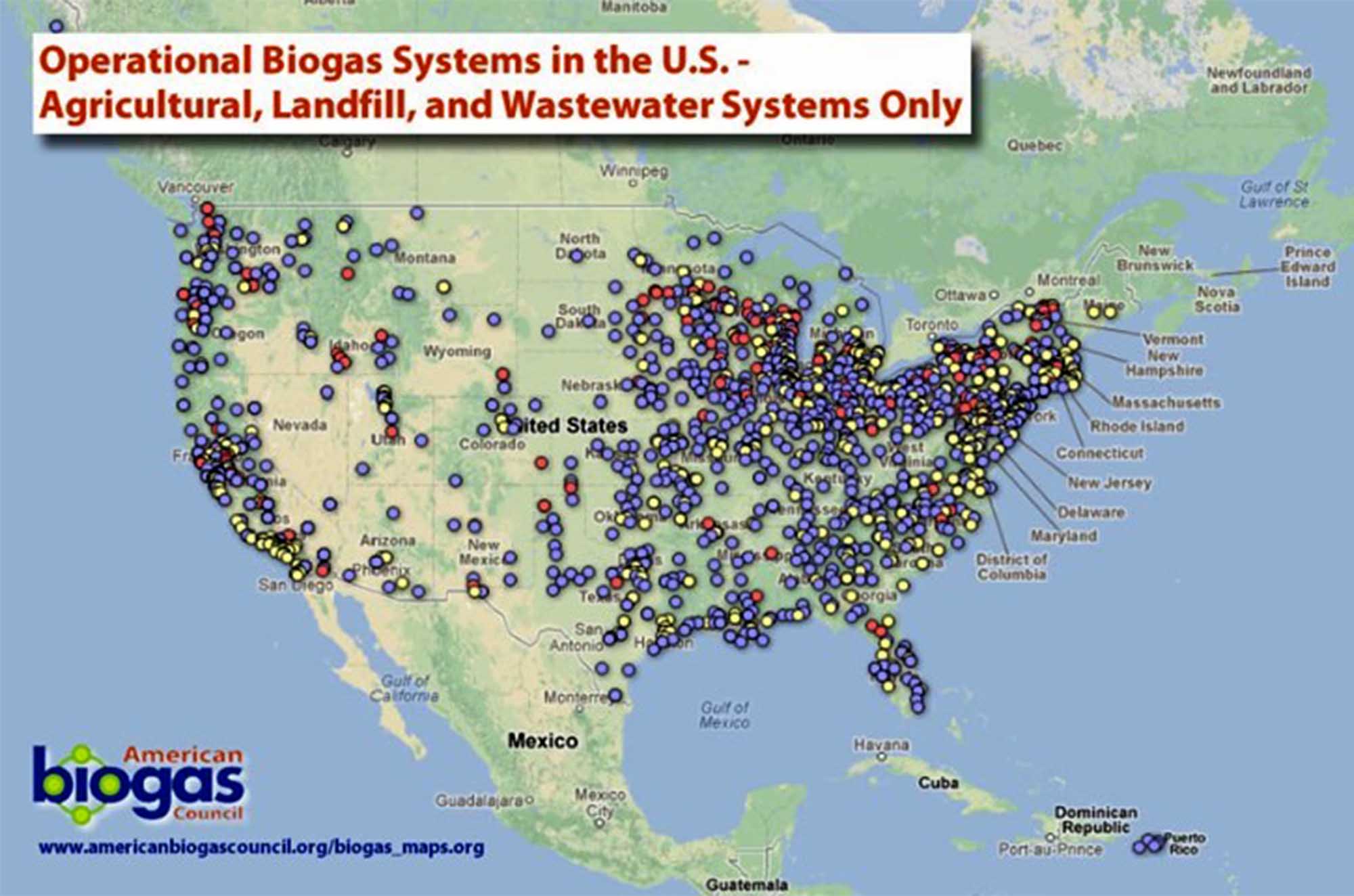Composting: What it is and NYC’s Borough-Wide Plan for it
By Maria DeKoningNew York City has notoriously had an immense problem with food waste throughout its boroughs. It is estimated that less than 1% of organic waste get diverted from landfills. The borough-wide curbside composting program will turn food and plant waste from residents homes into soil used for city parks and community gardens. The waste will also be used to create a renewable energy source known as biogas which can be used throughout the five boroughs.
It is estimated that 24 million pounds of trash and recycling are collected by New Yorkers every day, of this waste, one-third of it Is compostable. The program is being piloted in Queens and is referred to as the best opportunity for diverting waste from local landfills.
NYC is leading the way in climate action. Mayor Eric McAdams has a tight hold on strengthening Environmental Justice laws, enforcing the Climate Leadership Citizen’s Protection Act, and Offshore Wind Projects. The switch to greener energy is taking place, not just in the city, but throughout the state. It is important that we stay ahead of these laws, and remain informed, and ready for change.
Why do we need to Compost?

Approximately 22% of all MSW in the United States consists of organic waste. Organic waste is all waste that can be broken down naturally in the environment. This includes food waste, animal and human waste, lawn clippings, and nonhazardous wood waste.
When organic waste is sent to the landfill, it decomposes anaerobically, meaning it is broken down without the presence of oxygen, causing the release of methane. Methane is more than 25 times more potent than CO2, making it a huge contributor to climate change.
Rather than decomposing in a landfill, composting at home mimics nature’s natural means of decomposition and causes organic material to biodegrade aerobically or with the presence of oxygen and does not produce methane.
What are the Uses of Compost?
Compost strengthens soil and helps promote heavy vegetation growth. Adding the remainder of your compost to your soil will improve its structure and texture, making it more suitable for new growth. Compost also reduces the need for pesticides and store-bought fertilizers by enriching the soil and making new growth more resilient to diseases, pests, and fungi. There is a greater amount of nutrients in compost than fertilizers because it is composed of more than one type of broken-down material.
How Can Compost be Converted to Energy?

Even though anaerobic digestion occurs naturally in landfills and produces methane, it can be optimized, controlled, and contained in a properly designed and permitted anaerobic digestion facility. Biogas is comprised of 50-70 percent methane, 30-40 percent CO2, and trace amounts of other gasses. Food waste, fats, and oils are the easiest to breakdown, making composted material the perfect source.
Once biogas is created, it can be used to heat and provide electricity to engines, microturbines, and fuel cells. Biogas can also be upgraded to a material known as RNG (renewable natural gas) and injected into the natural gas pipeline.

Galli Engineering has spearheaded multiple projects to divert materials from landfills and incinerators. The goal of these projects is to turn these waste materials into an affordable energy alternative. RNG is sustainable and the cleanest burning transportation tool found on the market today. It is known to burn cleaner since it has a lower carbon content and releases the fewest emissions from all other fuels.
Galli Engineering stays ahead of the issues and finds ways to mitigate them for an easier and healthier life for all. To read more about what Galli Engineering is working on and researching visit the new and improved projects page of our website or give us a call at 631-271-9292.




